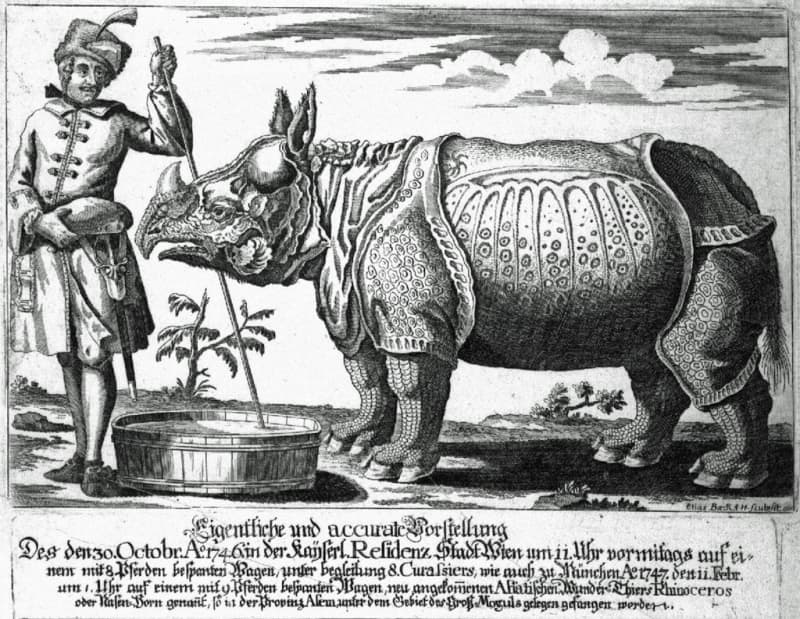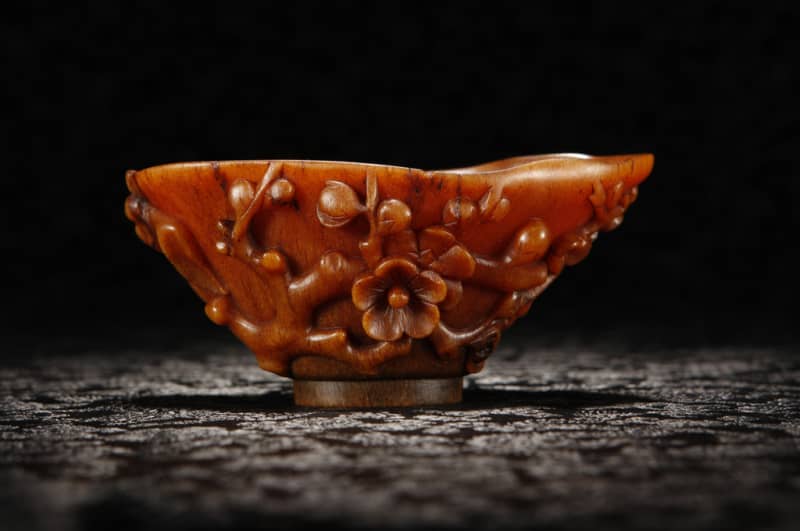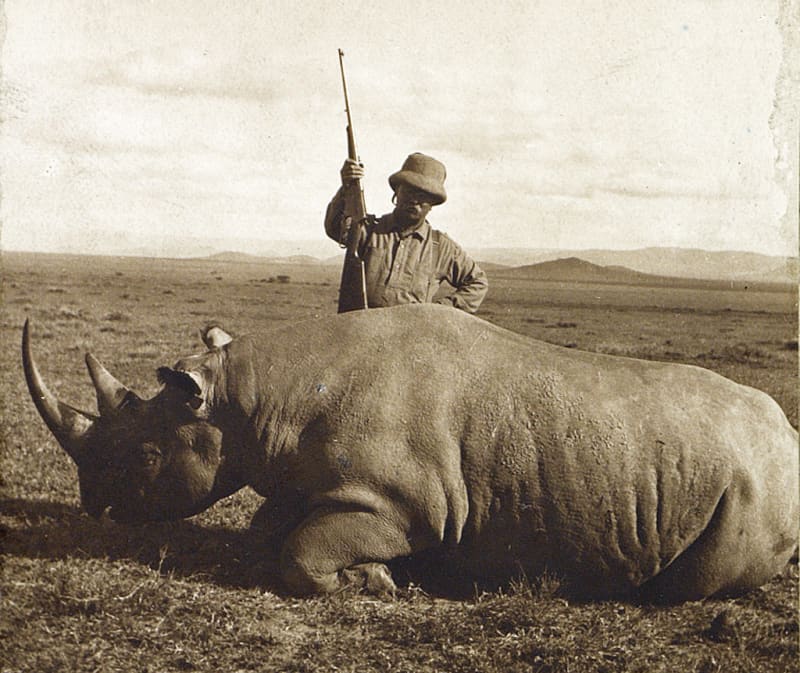Rhinos have been hunted to the brink of extinction. One species was recently lost, two are in grave danger. Photos preserved over the centuries show how hunting has affected the rhinos’ appearance.
In the early 1900s, there were half a million rhinos in the world. Now there are 26 000. At the same time, their appearance has changed.
All rhino species have had their horns shortened in pictures ever since people started drawing and photographing rhinos. European artists became interested in large exotic creatures as early as the 1500s.
According to a recent study, the most obvious explanation for the marked shortening of horns is hunting. Although it has been smoked, it has not been stopped. In the last decade, almost 10,000 rhinos were killed by poachers in Africa.
How then to measure the horns of the past? Old skeletons are not stored, at least in Europe. The few skeletons that are in museums are missing horns. And if there are still some horns left, they are not on display because they would be too much of a temptation for thieves.
It was rhinos that were a good target for this kind of research, the first of its kind, because the Rhino Resource Center (http://www.rhinoresourcecenter.com/) has a collection of more than five thousand images from hundreds of years.

The Rhino Resource Center’s image database was rich in information and cost-effective for researchers. The actual research period covered the years 1886–2018.
During them, the length of the horn in relation to the length of the body has shortened in all five rhinoceros species. There were 80 individuals measured.
The researchers concluded that the reason was the hunters’ eagerness to specifically kill individuals with large horns. Therefore, those whose horn does not attract hunters quite as much have been left to continue their legacy.
The loss is not only external. The horn has evolved for different species for slightly different uses. Horns are used to grab food and defend against wild animals. The reduction of antlers can hinder survival, Wilson says on the website of the University of Cambridge, which participated in the study.
People have many ideas about what to do with ground rhinoceros horn. The powder is believed to be effective against, among other things, cancer, impotence and hangovers. In addition to powder, horns are sought after in the art market as a luxury material.
Although there is no scientific evidence for the medical effects of keratin in the horn, the belief is so strong that in the black markets of Asia – especially in China and Vietnam – the horns of African rhinos are paid 20,000 euros per kilo.
The price of the horns of Asian rhinos, which have become extremely rare, is up to 400,000 euros per kilo.

At the beginning of the year, a study by the University of Copenhagen published in the journal Ecological Economics found out to what extent the demand could be controlled by a legal trade in which horns cut from living rhinos would be sold.
The study considered using the proceeds from the trade for anti-poaching activities, such as creating alternative jobs for poachers.
However, in the opinion of many animal protectors, partial legalization would only remove the negative stigma from the horn trade and stimulate demand even more.
The study asked 345 Vietnamese horn consumers how legalization would affect them. The majority answered that they would prefer to make their purchases on the legal market, but the idea of \u200b\u200braising rhinos on farms did not please the respondents.
It has to be wild or at least semi-wild, they said, because in their opinion the most effective substances end up in the horn from nature. The sample also showed that the more money the buyer has, the more likely he is not interested in whether the horn trade is legal or not.
The researchers concluded that legal trade would not close the black market, but would probably shrink it.

The image database found more information about the human relationship with rhinos than the constant lust for big horns. Around 1950, a clear change can be seen: rhinoceroses first of all became objects of protection. Until then, they had been of interest almost only as game.
It was not necessarily enlightenment but a change dictated by the times. It was at that time that African countries began to become independent and it was no longer as easy for Europeans to hunt in Africa as before, the study reminds.
– In the last few decades, protecting rhinos has been emphasized more and more. It can be seen in pictures from protected areas and the suffering of rhinos in the wild, says Wilson.
